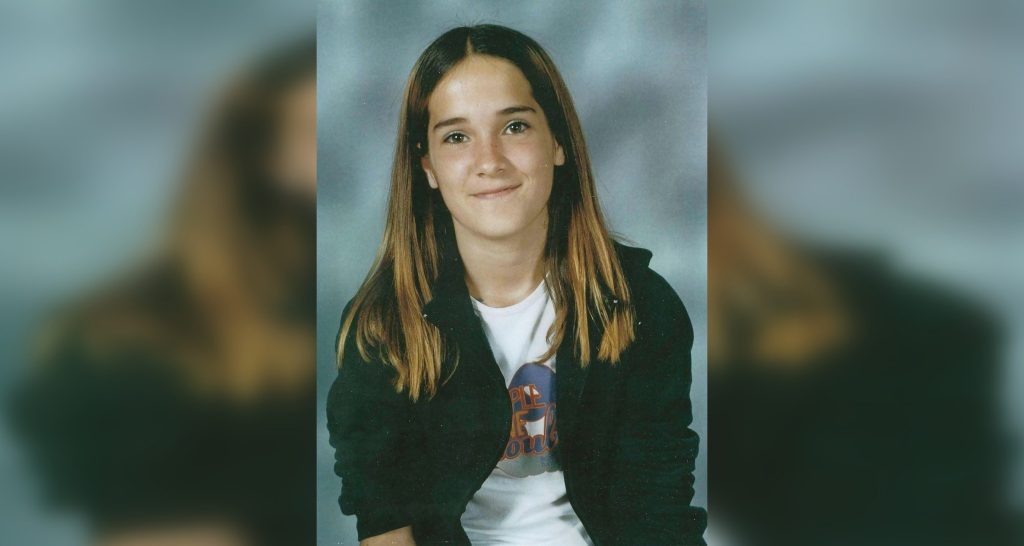Two profiles emerge among young people who experience suicidal thoughts, reveals a recent study from McGill University published in the medical journal Jama Psychiatry. It also reveals that some warning signs of suicide in young people often go unnoticed by parents or teachers.
The researchers wanted to understand how suicidal ideation develops between early adolescence and adulthood and what mental health signals precede the development of suicidal thoughts.
To do this, they analyzed data from the Quebec Longitudinal Study of Child Development, conducted by the Institut de la statistique du Québec (ISQ), which followed Quebecers for 25 years, from childhood to adulthood. This is one of the few studies (only one other of this scale in the world) to follow a large group of young people and regularly record their suicidal thoughts.
Related:
Most of the 1,600 young people in the study had never or rarely experienced suicidal thoughts. However, the researchers identified two distinct profiles among those who did report them.
The results of the study indicate that 7 per cent began to have dark thoughts in early adolescence, between the ages of 12 and 13, and 5 per cent began to have them in adulthood, specifically between the ages of 20 and 25.
“We observed that in the group that had more chronic suicidal ideation, these young people, from childhood, they had more distress in terms of their mental health across all the indicators that we can look at,” says the study’s lead author, Marie-Claude Geoffroy, who is also an associate professor in the Department of Psychiatry at McGill University.
She cites depression and anxiety as internal symptoms that stood out, but there were also concerns about eating, irritability, and aggressive behavior. “We might often think that those who have more dark thoughts have a slightly more depressed, anxious profile, but we actually observed that all mental health indicators were associated with more suicidal thoughts,” says Geoffroy, who is also a researcher at the Douglas Hospital Research Centre and holds the Canada Research Chair in Youth Mental Health and Suicide Prevention.
Misunderstood symptoms
The researchers also observed for the first time a profile of young people who began to think about suicide around the ages of 20 to 25. “These young people had a different mental health profile. These young people didn’t necessarily show signs during childhood, but during adolescence they began to have more depressive symptoms and anxiety symptoms, but there were no more disruptive problems. There was more of an internalized profile that manifested later,” explains Geoffroy.
Suicide is the second leading cause of death among young people aged 15 to 34, according to Government of Canada data. However, the onset of suicidal thoughts and the mental health symptoms that precede them are poorly understood by adults who interact with young people.
“We noticed that the young people themselves, when asked the question, reported more depressive and anxiety symptoms, more behavioral difficulties, such as irritability and aggression, but when we looked at the responses of parents and teachers, the parents and teachers observed distress, which is more behavioral and externalized, but the associations did not emerge at the level of depression and anxiety,” explains Geoffroy.
“What this means is that sometimes it can be difficult for an external observer to pick up more internal signals of distress,” the expert summarizes.
The study suggests that mental health programs in schools could help intervene in children and adolescents before suicidal thoughts take hold.
School is a strategic location because it’s where young people spend most of their time, Geoffroy emphasizes. She cites a study showing that targeted interventions at school, such as teaching social skills to students who exhibit disruptive behavior, have long-term beneficial effects.
—If you are thinking about suicide or are worried about a loved one, counselors are available 24/7 at 1-866-APPELLE (1-866-277-3553), by text (535353) or by chat at suicide.ca.
—The Canadian Press’s health content is funded through a partnership with the Canadian Medical Association. Editorial choices are solely the responsibility of The Canadian Press.
–This report by La Presse Canadienne was translated by CityNews





